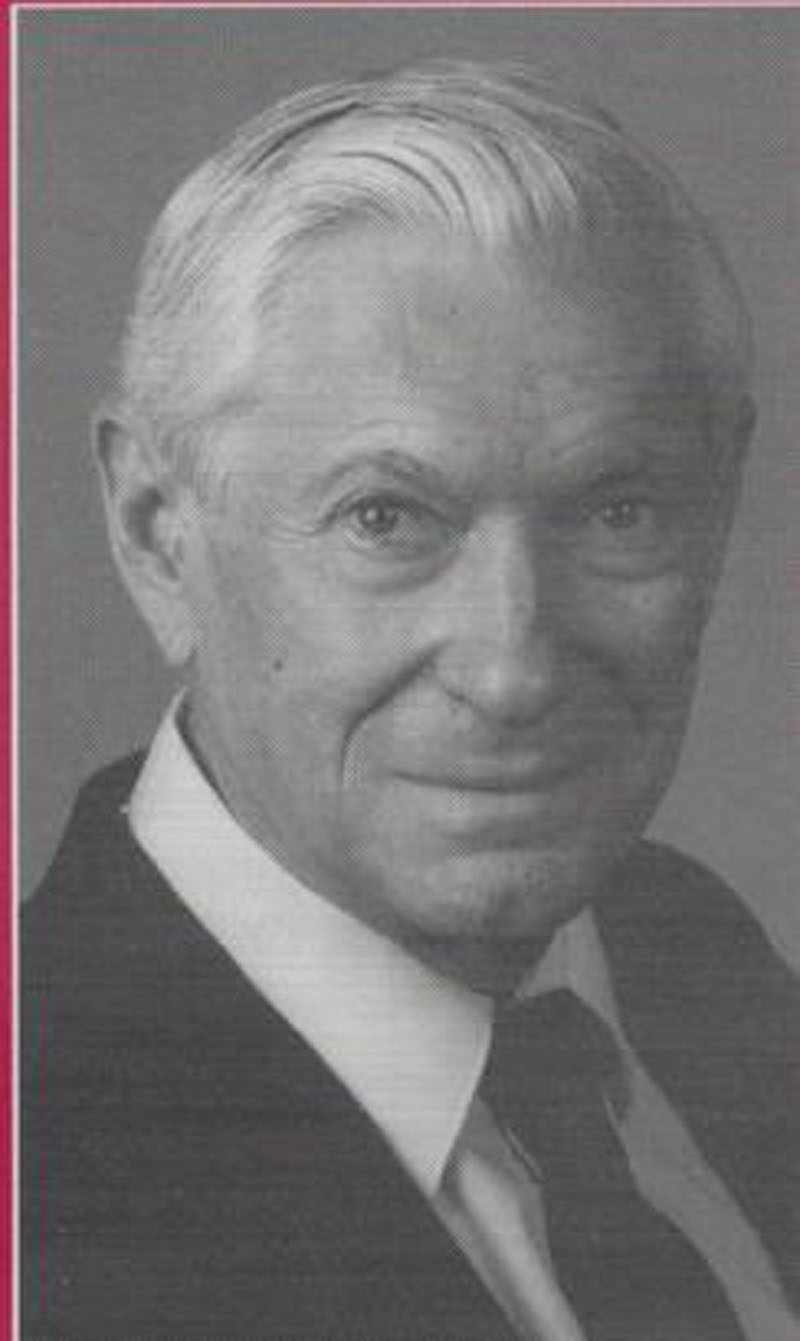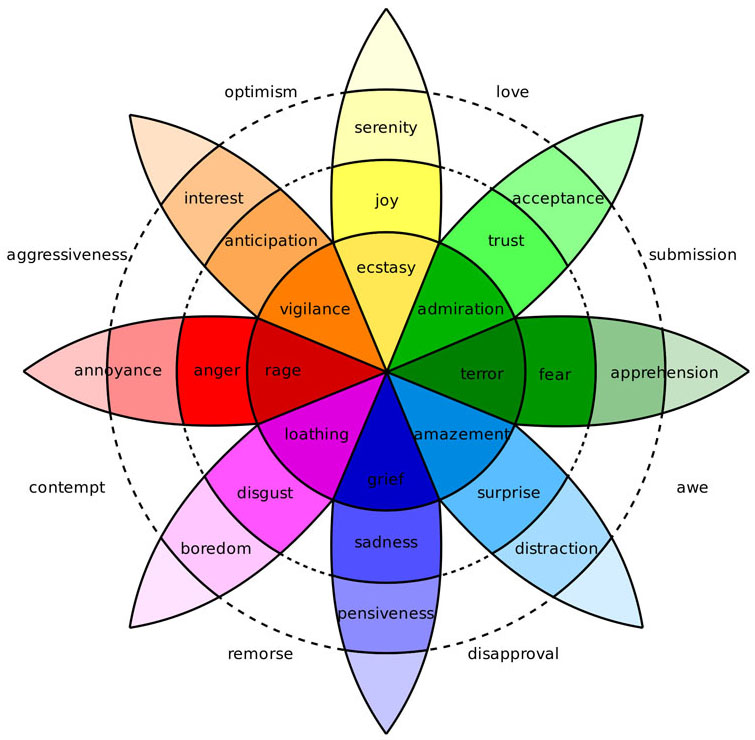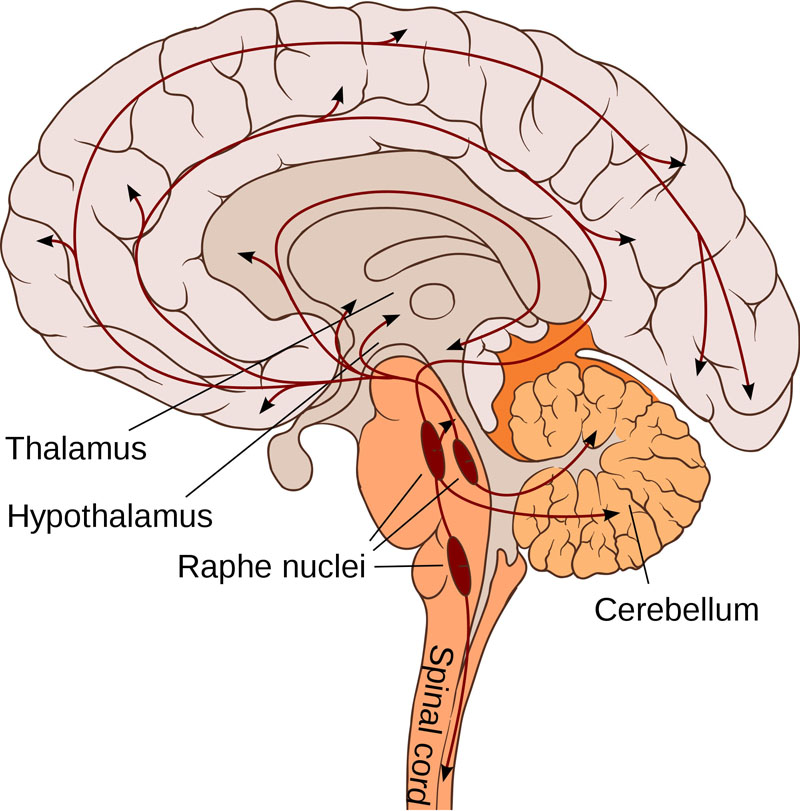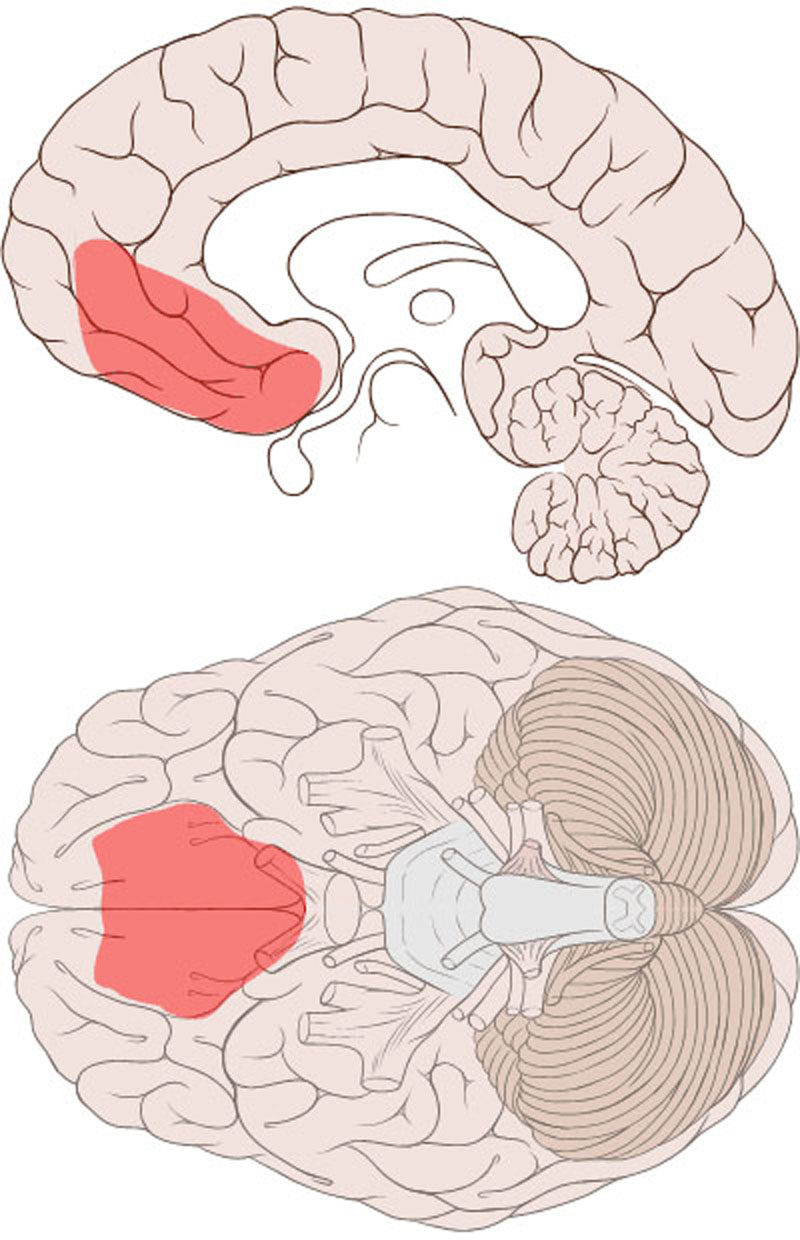Emotion
- An emotion is a complex state of feeling that corresponds to physical and psychological changes that influence behavior.
- Affect is the experience of feeling or emotion.
- Discrete emotion theory is the claim that there are a small number of core emotions, typically six to ten or so.
- The primary emotions are a small number of biologically primitive emotions believed to be cross-culturally universal.
- Secondary emotions are mixed or derivative states; that is, they occur as combinations, mixtures, or compounds of the primary emotions.
- The James-Lange theory (19th century) is that physiological arousal instigates the experience of emotion. The physiological change is primary, and emotion is then experienced when the brain reacts to the information received via the nervous system.
- The facial feedback hypothesis states that facial movement can influence emotional experience. For example, an individual who is forced to smile during a social event will actually come to find the event more of an enjoyable experience.
- Display is a form of animal behaviour, linked to sexual selection and survival in which animals use certain behaviors and markings as signals to other animals.
- In Cannon-Bard theory emotional expression results from the function of hypothalamic structures, and emotional feeling results from stimulations of the dorsal thalamus. The physiological changes and subjective feeling of an emotion are separate and independent.
- The Schachter-Singer, or two-factor theory of emotion states that emotion is based on physiological arousal and cognitive label. When an emotion is felt, the person uses the immediate environment to search for emotional cues to label the physiological arousal.
- Somatic marker theory posits the existence of associations stored in the ventromedial prefrontal cortex between reinforcing stimuli and physiological affective states.
- Cognitive theories of emotion maintain that judgments, evaluations, or thoughts are entirely necessary for an emotion to occur. The activity involved may be conscious or unconscious and may or may not take the form of conceptual processing.
- Self-discrepancy theory states that people compare themselves to internalized standards called 'self-guides'. These different representations of the self can be contradictory and result in emotional discomfort.
- In self-discrepancy theory, actual self is your representation of the attributes that you believe you actually possess, or that you believe others believe you possess.
- In self-discrepancy theory, the ideal self is a person's representation to themselves of the attributes that they would like, ideally, to possess. This self-regulatory system focuses on the presence or absence of positive outcomes (e.g., love provided or withdrawn).
- In self-discrepancy theory, ought self is another form of a person's representation of the attributes that they or another believes they should possess. This self-regulatory system focuses on the presence or absence of negative outcomes (e.g., criticism administered or suspended).
- Self-esteem reflects a person's overall subjective emotional evaluation of his or her own worth.
- Self-efficacy is the extent or strength of one's belief in one's own ability to complete tasks and reach goals.
- Locus of control refers to the extent to which individuals believe they can control events affecting them.
- Neuroticism is a fundamental personality trait in the study of psychology characterized by anxiety, fear, moodiness, worry, envy, frustration, jealousy, and loneliness.
- Learned helplessness is behavior typical of an organism that has endured repeated aversive stimuli which it was unable to escape or avoid. After such experience, the organism often fails to learn escape or avoidance in new situations where such behavior would be effective.




